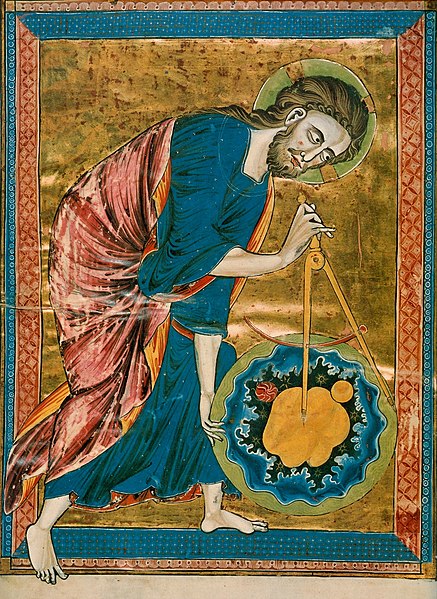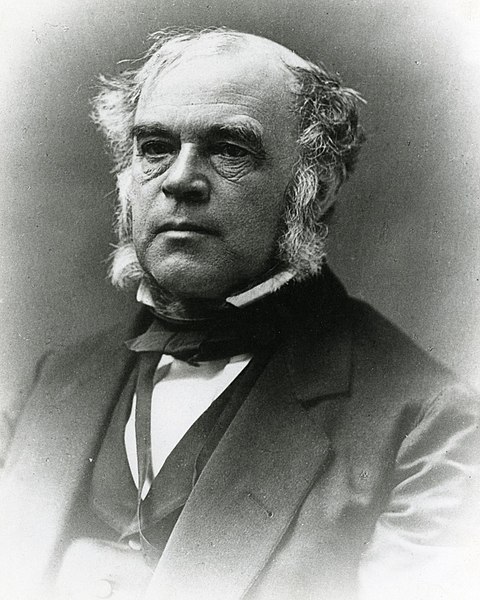Relationship between religion and science
The relationship between religion and science involves discussions that interconnect the study of the natural world, history, philosophy, and theology. Even though the ancient and medieval worlds did not have conceptions resembling the modern understandings of "science" or of "religion", certain elements of modern ideas on the subject recur throughout history. The pair-structured phrases "religion and science" and "science and religion" first emerged in the literature during the 19th century. This coincided with the refining of "science" and of "religion" as distinct concepts in the preceding few centuries—partly due to professionalization of the sciences, the Protestant Reformation, colonization, and globalization. Since then the relationship between science and religion has been characterized in terms of "conflict", "harmony", "complexity", and "mutual independence", among others.

God the Geometer — Gothic frontispiece of the Bible moralisée, representing God's act of Creation. France, mid-13th century
Clerks studying astronomy and geometry (France, early 15th century)
Science and religion are portrayed to be in harmony in the Tiffany window Education (1890).
Medieval artistic illustration of the spherical Earth in a 13th-century copy of L'Image du monde (c. 1246).
John William Draper was an English scientist, philosopher, physician, chemist, historian and photographer. He is credited with pioneering portrait photography (1839–40) and producing the first detailed photograph of the moon in 1840. He was also the first president of the American Chemical Society (1876–77) and a founder of the New York University School of Medicine.
John William Draper, c. 1879
Daguerreotype from a group of portraits believed to have been made by Draper in 1839. It is one of the few early portraits which required the subject to keep his eyes closed due to the bright light.
The earliest surviving daguerreotype of the Moon by Draper (1840)
Copy of a photograph of Dorothy Catherine Draper (1807-1901) taken by John Draper c. 1840. Plate size: 8.3×10.2 cm (3 1/4×4 in). See also another copy.








